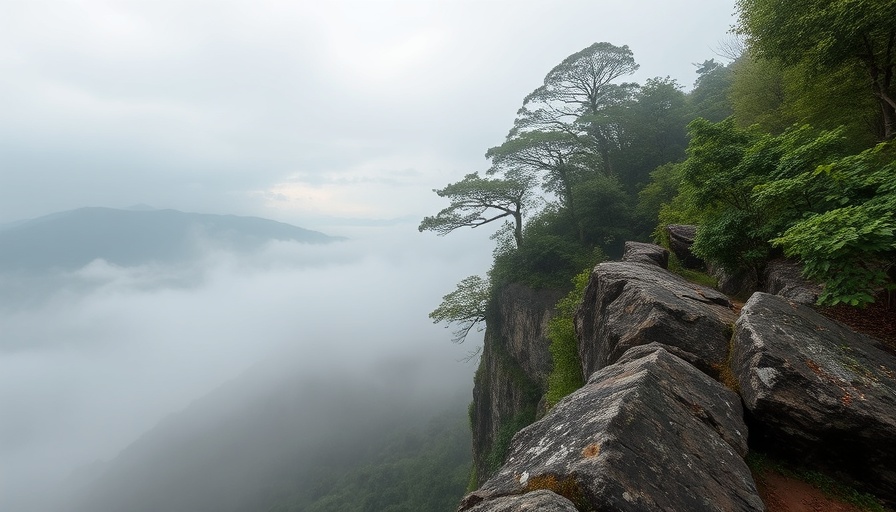
Discover the Enchantment of Mpumalanga's Forest Trails
Hidden within South Africa’s northeastern province of Mpumalanga lies a world of breathtaking forest walks waiting to be explored. Known for its verdant landscapes and rich biodiversity, Mpumalanga is a nature lover’s paradise, offering a multitude of hiking trails that cater to adventurers, casual walkers, and explorers alike. Each step along these forest paths reveals a symphony of natural beauty, awakening the senses and inviting you into nature's embrace.
Embrace Nature with the Bosbok Trail
The Bosbok Trail is an extraordinary way to immerse yourself in the lush greenery of Mpumalanga. As part of the Watthaba hiking trails, this route presents a balance between adventure and tranquility. The Bosbok Trail, which takes about an hour to complete, is typically less crowded than other trails, making it perfect for those seeking solitude. Along the path, you'll encounter charming wildflowers and the enchanting sight of mushrooms peeking through the foliage—each a testament to the area’s rich ecosystem.
Cascading Serenity: Explore the Forest Falls Trail
Another popular choice is the Forest Falls Trail, where you can marvel at stunning waterfall views as you meander through the flora. Imagine the gentle sound of water cascading down rocks merging with the whispering leaves around you—a perfect escape from the urban hustle. Suitable for families and beginner hikers, this trail offers an opportunity for everyone to connect with nature, create great memories, and perhaps even spot some local wildlife.
The Human Connection: Local Traditions and Eco-Conscious Practices
Each hike through Mpumalanga not only brings you closer to nature but also to the rich cultural tapestry of the area. Local communities often engage in eco-tourism practices, ensuring that the beauty of these forests is preserved for future generations. By choosing to hike here, you not only enjoy the breathtaking scenery but also contribute to sustainable tourism and the livelihood of local people. Experiencing their traditions, perhaps through guided hikes, offers travelers an authentic connection with the land and its heritage.
Stay Safe and Respect Nature
While the allure of Mpumalanga’s forests is undeniable, it's important to respect the natural environment. Hikers are encouraged to stay on marked trails, tread lightly, and avoid littering. By leaving no trace, you help sustain the pristine beauty of these trails for your fellow travelers. It's a collective responsibility to preserve the wilderness that brings us such joy and peace.
Conclusion: The Call of Adventure Awaits
Mpumalanga’s forest walks offer not just an escape into nature, but also a chance to foster a deeper appreciation for the environment and the communities that inhabit it. Whether you choose the tranquil Bosbok Trail or the breathtaking vistas of the Forest Falls Trail, every step unveils the enchanting beauty of this remarkable province. So, lace up your boots and prepare for an adventure that weaves together nature, culture, and the spirit of exploration!
 Add Row
Add Row  Add
Add 




Write A Comment